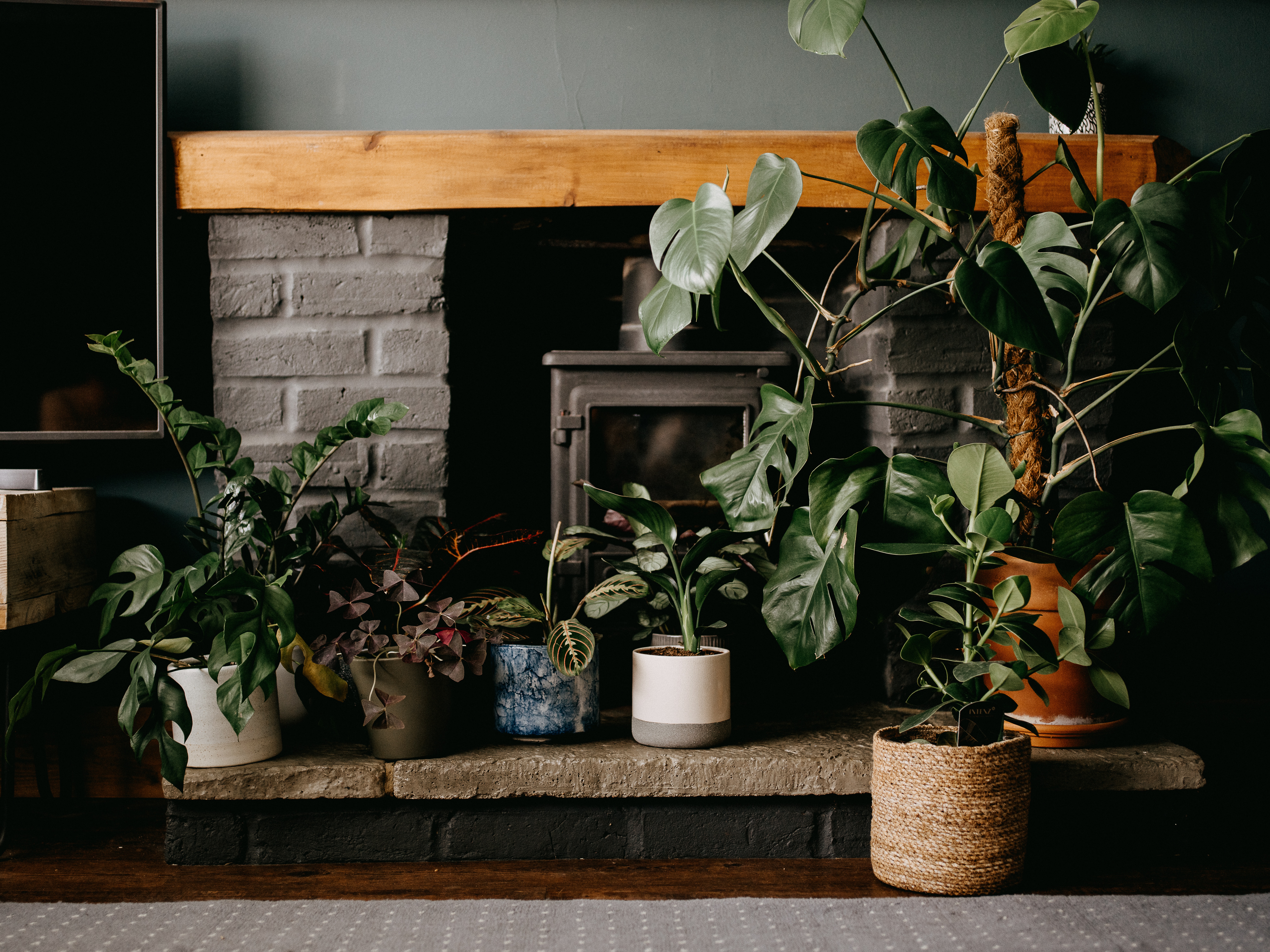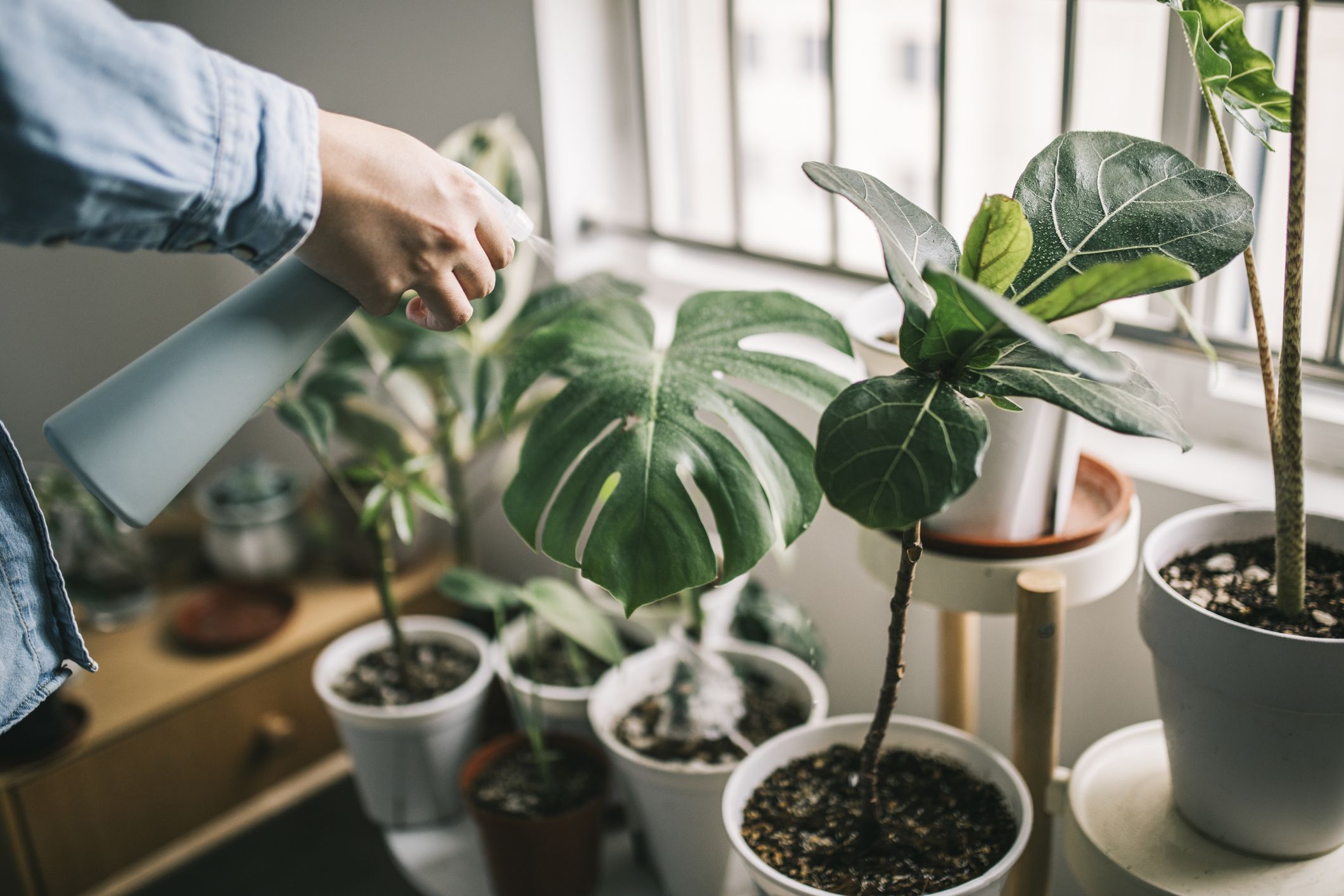
Even Indoor Plants Can Have a Hard Time Surviving the Winter
Summer is now in the rearview mirror, and winter is ahead. Most houseplants go dormant in the winter, focusing their energy on keeping the existing foliage and roots hydrated. Even if they live in a temperature-controlled climate, your greens aren’t immune to the challenges that winter brings. Winter can be a dangerous time for houseplants, so you’ll need to switch up your care routine. Year-round houseplants and the plants you bring indoors over the winter are susceptible to stress factors like fluctuating temperatures, dry air, and reduced sunlight. If you treat your plants with the utmost care, they’ll stay lush and green all year long.
Here are a couple of things to keep in mind when winter arrives.

Move Your Indoor Plants to A Place That Has Constant Temperature
In wintertime, temperatures can vary significantly from the beginning of the morning to the end of the day; no matter how high you set the thermostat, one room is always chilly. The explanation behind temperature fluctuations between day and night lies in the lack of humidity to act as a storage heat and cloudiness, which impacts sky conditions. Houseplants can tolerate normal temperature fluctuations, but they die if the temperature gets down to freezing or is pretty high. It’s a good idea to move your greens to a place that has a constant temperature, such as a frost-free conservatory.
A planter on wheels gives you the ability to reposition your plant at a moment’s notice so it can easily be placed where it does best. With all of your plants on wheels, you can move them to different areas of the home depending on temperature and sunlight requirements. As mentioned previously, the plants can take a beating during the colder months of the year, so preserve some space in your home for greenery. To keep your house at a constant temperature, take into account factors like insulation and the adequacy of the heating system.
Adjust Your Watering Routine to Keep the Indoor Plants Healthy
It might seem counterintuitive initially, but houseplants need less water during the winter. Cool temperatures and humidity reduce water demand, meaning you must opt for a less frequent watering routine to be certain your plants don’t suffer from root rot due to overwatering. Gradually reduce the amount of water you give your plants, or wait an extra day or two between sessions. Attention must be paid to plants that have different water needs, and their needs change by the day. It’s difficult, if not impossible, to figure out how much water a plant needs – it depends on where the plant is located, its age, the compactness of the root system, and the native region the plant is from.
Whatever you do, don’t use cold water because it permanently damages the roots, so the plant becomes poorly established in the landscape. It can cause the leaves to drop and could even kill the plant. You should use water that is room temperature so the plant doesn’t go into shock. Plant parenting is like real-life parenting, meaning you must stick to a stricter regimen. Water that flows straight from the faucet is cold, so it’s best to water your indoor plants with room temperature water – it shouldn’t be too cold or too hot. Leave a full jug of water in your home overnight to rest and warm up. Of course, make sure to test it on your hand.
:max_bytes(150000):strip_icc()/houseplants-getty-0820-226e798aabf040edb584602e2c5dfd3b.jpg)
Avid Repotting If the Pace of Growth Has Slowed
In case you didn’t already know, winter is a fantastic time to pot up plants into larger containers as they grow because they’re slow on energy and slumbering. If you’re itching to get your green thumb dirty, repotting houseplants during winter can be a good activity. Many indoor plants prefer repotting before the next growing season. Size up just a few inches at a time because the roots won’t quickly fill the space. A smaller amount of soil will dry out more quickly and allow for more oxygen to reach the roots, which is what your greens need to survive.
The most important things to consider when choosing flower pots are the quality of the material and the absence of drainage holes. If you need to move the container for any reason, think twice about purchasing a heavy or cumbrous pot. Put your days of wondering where to buy planters behind you. Visit https://www.elho.com/en and shop for the planters of your dreams. If your plant has stopped growing at its regular speed, it might not be such a good idea to repot. Maybe it’s been rootbound for too long, so it can’t support growth anymore. You might notice the leaves are becoming yellow or dying off.
Keep Your Indoor Plants Clean So They Absorb More Light
With less opportunity for photosynthesis, indoor plants are less efficient, so their health will suffer. This is why you should give the leaves a good clean with a damp cloth to let more nourishing sunlight in. It doesn’t take long for dust to accumulate. A layer of dust on the leaves will block sunlight, so the energy from the sun can’t be captured, making it impossible to convert water, carbon dioxide, and minerals into oxygen and energy-rich organic compounds. Without photosynthesis, you’ll have stressed plants.
A dirtier plant may need a little bit more love and labor; if there’s visible dust or debris, don’t postpone cleaning. Use a sponge and soapy water if the leaves are flat, but if your plant has fuzzy leaves, use a soft duster tool. Equally, you can clean your houseplants in the sink if you have a detachable shower head, as it lets you adjust the water pressure. Too much force can damage the leaves. Support the leaves and leaf stems with your hand as you clean. Indeed, it might sound like a bit of a chore, but you can avoid lots of winter problems.
The Takeaway
To help your indoor plants survive the winter, adjust your care routine to suit seasonal conditions. Simply put, winter means extra care.




